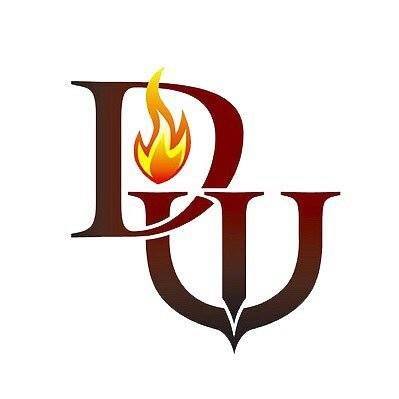I don’t have a tablet*, but I have heard that Procreate is one of the better ones. But for my artistic projects, I have startet using Clip Studio Paint.
But the “vector and raster” is a really nice feature. I have also used their resource link function a lot in publisher. Saves RAM, time and makes it easy to update files.
*The ones that is a computer. But I do have a drawing tablet :)




So the idea is you write soemthing related to the prompt tied to a date? So the 8th would be: favourit character?
I character Inloved playing was a druid with a philiaophy of learning by doing. He was loved life and everything it contained.
He was originally made for a dnd game, which strongly incentifies not putting anything into a druids physical stats. But I said: “to heck with that. Concept and fun before rules.”